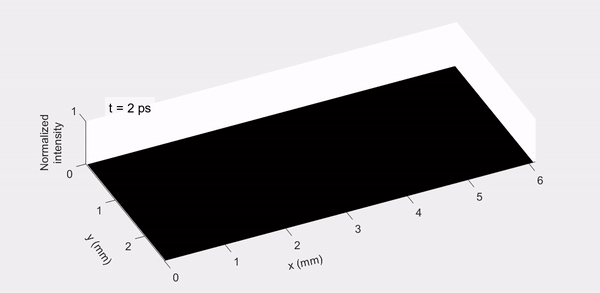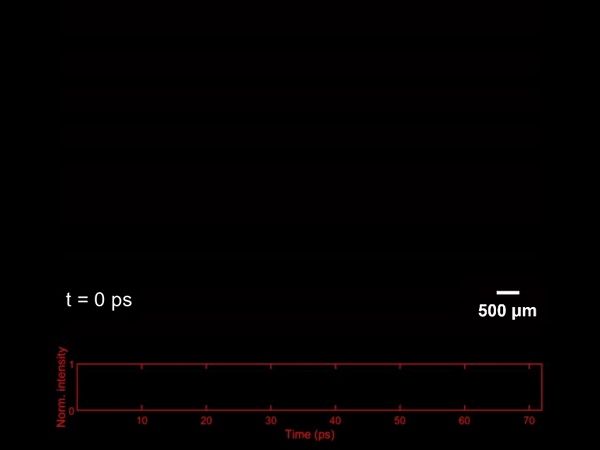As tiny particles traveling at the speed of light, it’s going to take a serious machine to capture photons in action, and an international team of researchers have just pieced together one that is very much up for the job. Dubbed the world’s fastest UV camera, the device is capable of capturing ultra-fast events lasting just a picosecond, quick enough to see UV photons fly through the air in real time.
The device is the handiwork of Canada’s Institut National de la Recherche Scientifique (National Institute of Research) and goes by the name of UV-CUP (compressed ultrafast photography). CUP is an emerging imaging technique that has been used to capture ultrafast events at speeds measured in trillions of frames a second, but has so far been limited to visible and near-infrared wavelengths.
“Many phenomena that occur on very short time scales also take place on a very small spatial scale,” says Jinyang Liang, who led the study. “To see them, you need to sense shorter wavelengths. Doing this in the UV or even X-ray ranges is a remarkable step toward this goal.”
To achieve this, the team first had to develop a special photocathode and integrate it into what’s known as a streak camera, a device developed specifically to measure ultra-fast optical phenomena. The team also needed to develop a new algorithm to take the data and construct an image out of it, as Liang tells New Atlas.
"We need two steps to operate this camera," he explains. "First, the information in the transient event is squeezed into a snapshot in the data acquisition. So, this acquired snapshot resembles nothing like a photo taken by a common camera ... second, this snapshot is fed to a reconstruction algorithm to retrieve the movie."
This movie, with a duration in the picosecond to nanosecond range, can be seen below.

And here is another view, showing two femtosecond UV pulses hitting the camera at different times.

These visuals of UV pulses showing photons moving in real time, were captured using a compact device with an imaging speed of 0.5 trillion frames per second.
The team hopes to improve on its UV-CUP camera further by investigating alternative materials for its photocathode, which currently has limited efficiency. Increasing the speed of the algorithm and image construction with the help of AI is another objective.

The UV-Cup is now on its way to a research lab in France, where it will be used to capture different physical phenomena. This could include laser plasma generation and UV fluorescence, which could help improve medical imaging techniques used to diagnose disease.
A paper describing the research was published in the journal Laser & Photonics Reviews.







